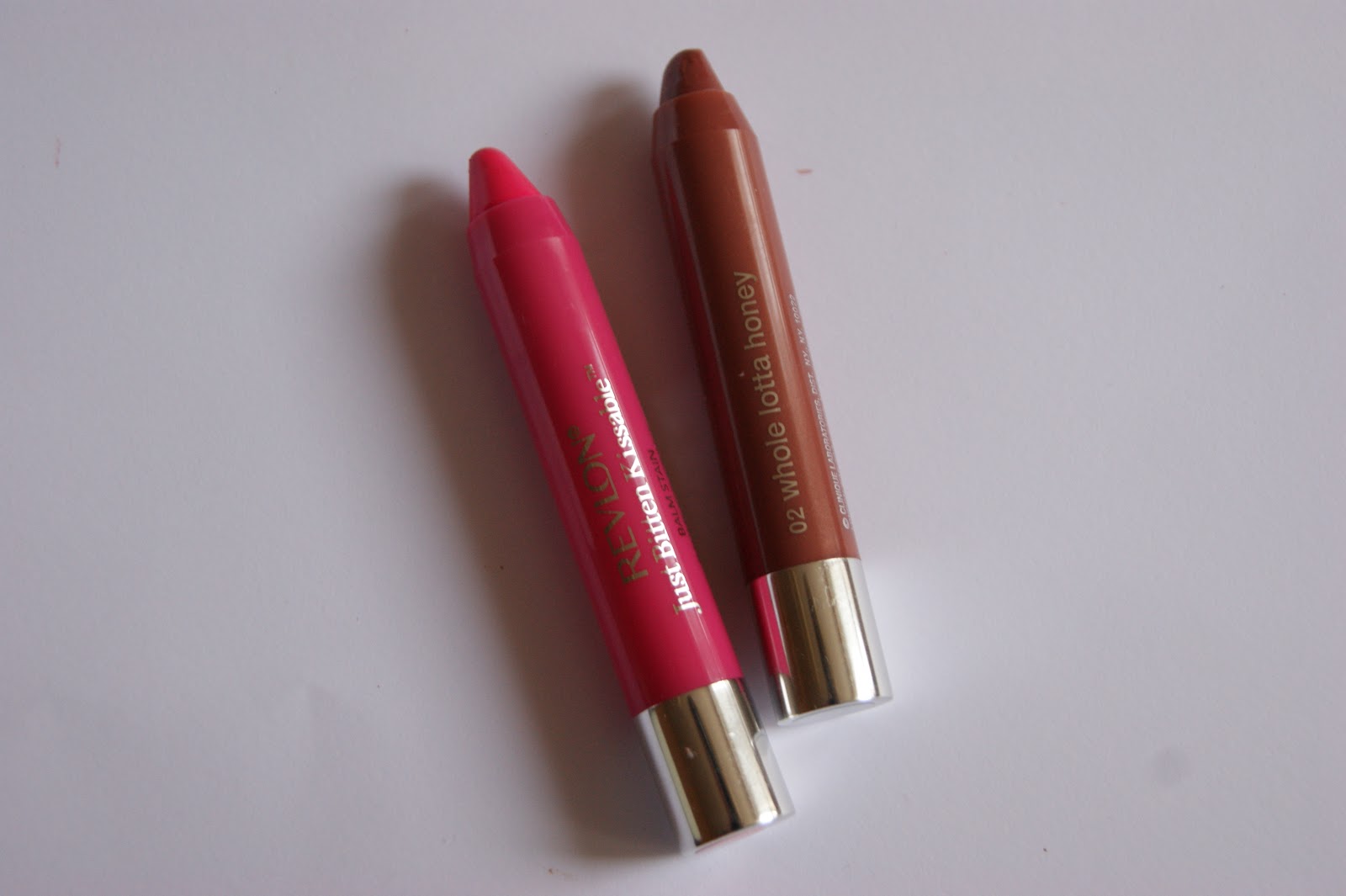The ongoing team project throughout this term was an extremely helpful, valuable experience which allowed me to not only learn more about marketing but also develop my teamwork skills.
The written marketing plan assignments gave me the opportunity to actually research, develop and produce a marketing strategy for a real company. Although we had previously learned about many of the concepts in class and through our textbook readings, the hands-on experience of researching and writing the marketing plan gave me a first-hand insight into how marketing is easier said than done. For instance, certain aspects – such as the analysis of the macroenvironmental factors, including culture, demographics and so on, and identifying a narrow target market – were much more challenging than I had anticipated.
In terms of the final assignment, which was the video, I had the opportunity to learn and develop new, creative skills that other courses in Sauder don’t cover. The project was challenging, as none of our team members had any experience with video filming, production or editing. Nonetheless, we were able to effectively collaborate in all stages of the video project; we each contributed ideas for the storyboard and script of the video, making sure to give constructive feedback to each other. We learned how to make our video more visually appealing through the use of framing and a variety of shots and angles. Overall, I’m extremely satisfied with how the video turned out, and I’m so proud of our team for being able to stay dedicated and supportive throughout the entire project!

 The ad makes use of colour, and it’s also interesting to note Emma Stone’s partnership with Revlon; Stone is an actress well-known by most adolescents, and she herself is only 24 years old. The colourful ad, combined with the endorsement from a young, popular actress, suggest Revlon positions itself as a relatively youthful brand targeted to adolescent girls.
The ad makes use of colour, and it’s also interesting to note Emma Stone’s partnership with Revlon; Stone is an actress well-known by most adolescents, and she herself is only 24 years old. The colourful ad, combined with the endorsement from a young, popular actress, suggest Revlon positions itself as a relatively youthful brand targeted to adolescent girls.


Recent Comments